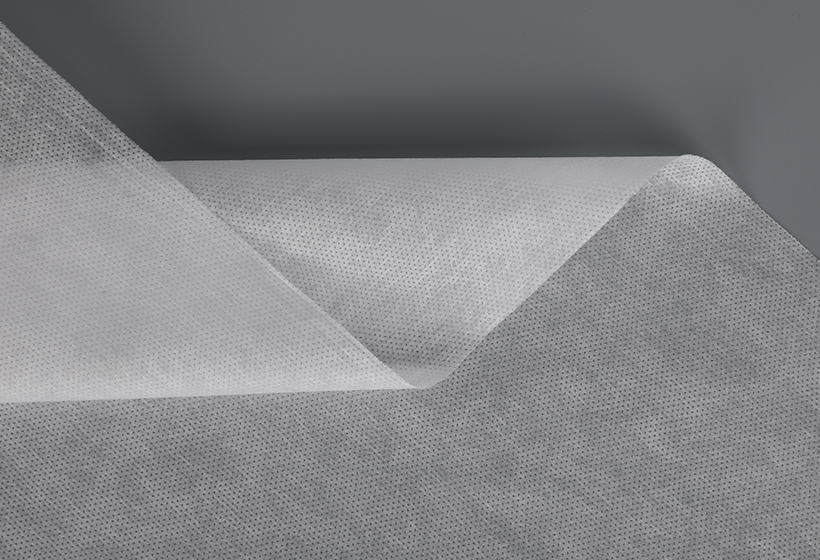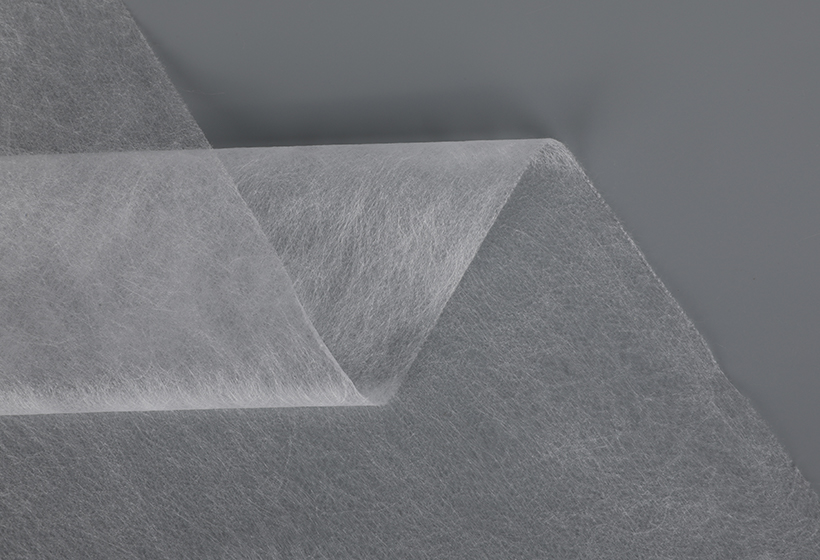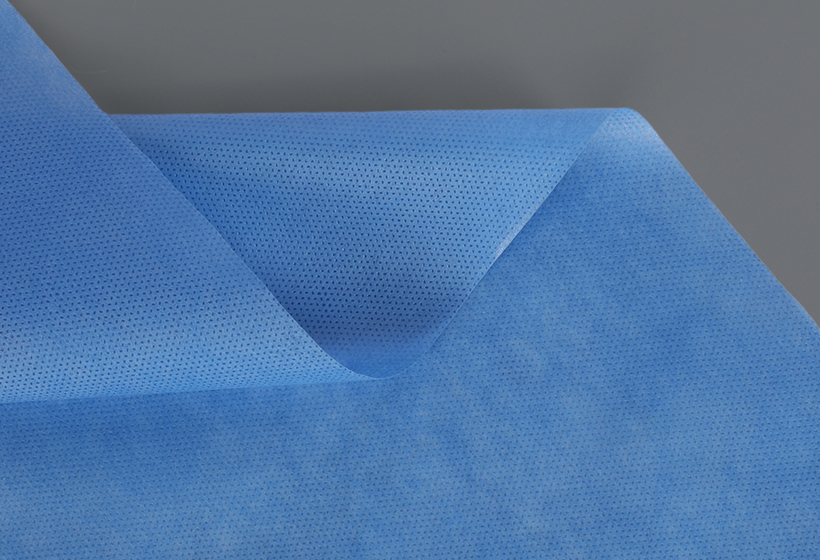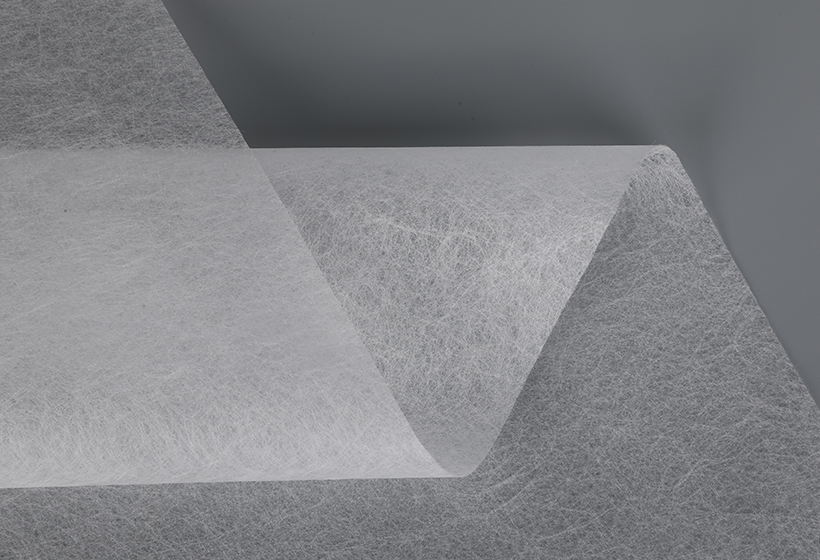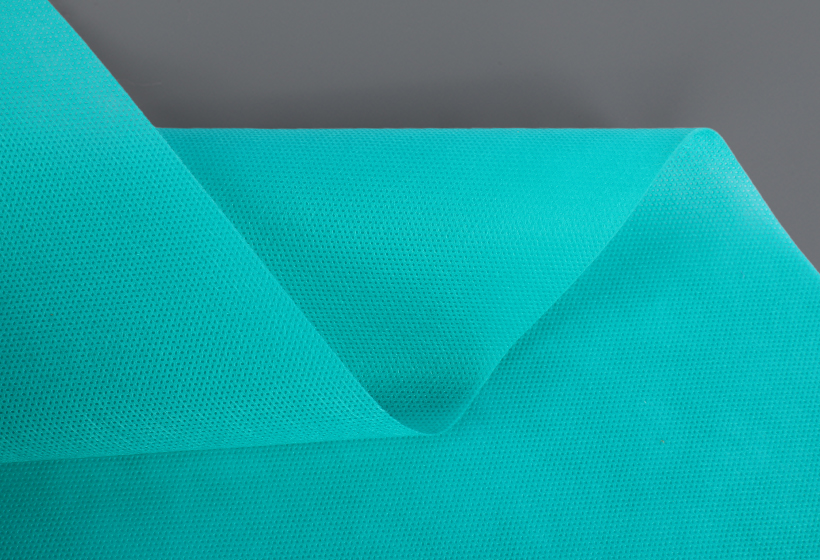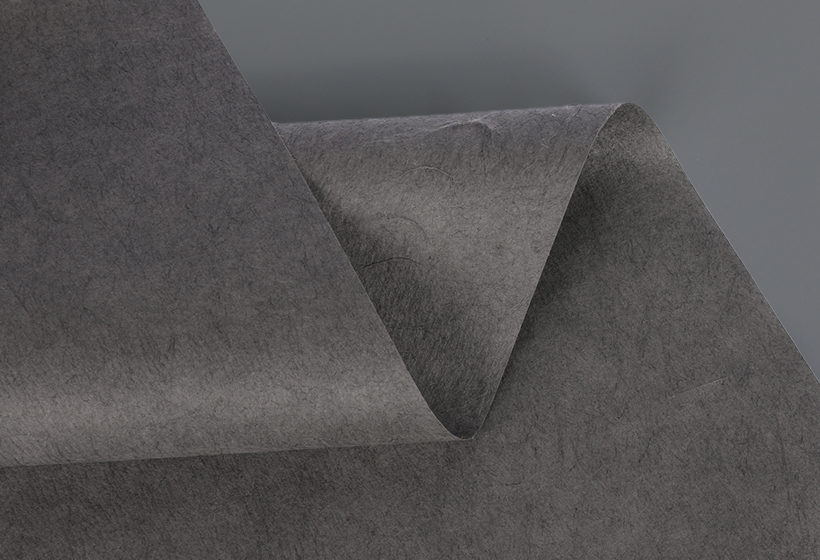Nonwoven fabrics are manufactured without weaving or sewing filaments. They can be used in many applications, from carpet backing to medical packaging. They are also used in agriculture, construction, and the automotive industries. These fabrics are also used as insulation materials, interlining, and protection clothing. And because they are made from renewable materials, they can be recycled. Read on to learn more about the benefits of nonwoven fabrics! So, what is the most common non-woven fabric?
Nonwovens are typically made from fibers or filaments that have not been processed with a special yarn. They are usually deposited in a random pattern. After that, chemical, thermal, or mechanical treatments are used to bond the fibers together. The most common method of chemical bonding involves immersing the web in a solution that contains an adhesive resin. Once the web is dry, it is laid onto a perforated drum.
Nonwoven fabrics are also very durable, often being single-use or long-lasting. They can mimic the look, texture, and strength of a woven fabric. They can even simulate the bulk of a thick padding. Their versatility makes them useful in a variety of applications, ranging from home furnishings to health care and engineering to consumer goods. The list of possible applications of nonwovens is endless!
A non-woven fabric contains no interwoven strands, but has an internal structure organized by fibers. It can be made through solvents, mechanical processes, or chemical heat. Non-woven fabrics are also made with different kinds of fibers, including rayon and olefin. They come in varying strength, softness, absorbency, and filtering abilities. These properties are controlled by the type of fibers, bonding agents, and volume of testing.
In the workplace, non-woven fabrics are used for protective apparel and respirators, filtration systems, and more. Those working in high-risk fields are likely to be exposed to toxins or other substances. Workers in chemical plants benefit from disposable clothing, and some non-woven fabrics even protect against radiation. If a non-woven fabric is not biodegradable, it can pollute the oceans.
A common non-woven fabric is wool felt. This is made from animal hairs and short-staple fibers. Wool has natural hooks, like scales, which lock together when it is bonded by heat and moisture. Hence, it is an excellent choice for medical applications. Additionally, it is far cheaper than synthetic fibers. Moreover, it is often made from low-grade cotton waste, which is a common source of non-woven materials.
Non-woven textiles can be produced by wet-laying or dry-laying processes. The most popular type of non-woven textiles is made from wood pulp and is commonly used in dispersible wipes, tea bags, coffee filters, and coffee filters. You can find non-woven materials in a variety of industries, from paper manufacturing to furniture manufacturing.

Features: SMS/SMMS/SSMMS Are Produced On The Same Production Line. The Production Line Has Three Spunbond Spinnerets And Two Meltblown Die Heads. The Nozzles And Die Heads Are Adjusted And The Filaments Are Laid And Finally Formed By Hot Rolling. This Kind Of Non-Woven Fabric Has The Advantages Of Uniform Cloth Surface, High Strength And Good Filtering Performance.
Special Treatments: Hydrophilic, Super-Soft
Applications:
Medical: Surgical Gowns, Protective Clothing, Surgical Drapes, Surgical Kits, Etc.
Hygiene: Baby Diapers, Sanitary Napkins, Adult Diapers, Etc.


 English
English Español
Español
